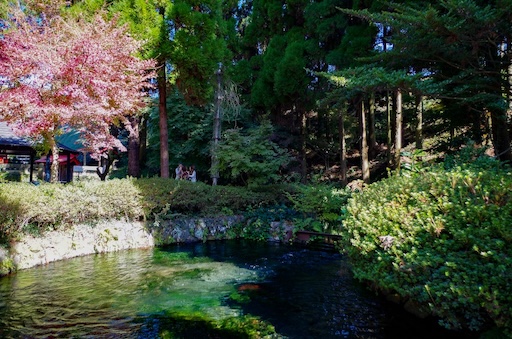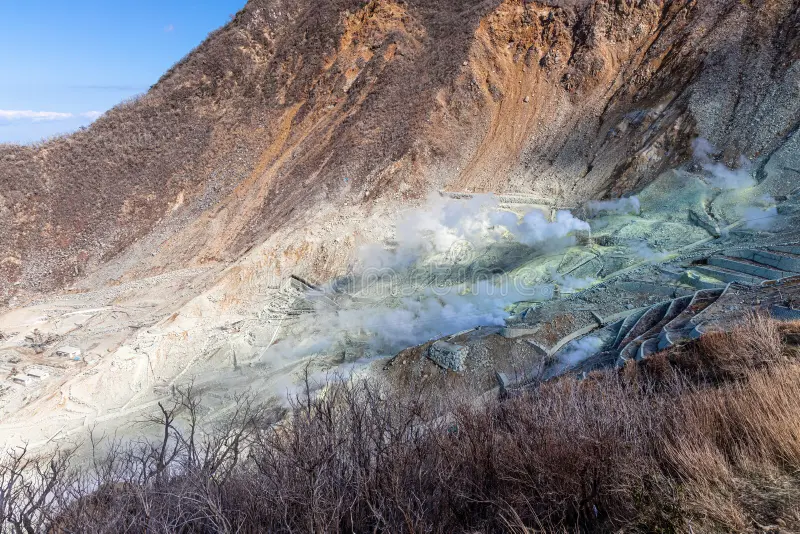Wonders Tagged Under: Natural Wonders

Mount Robson – The Towering Guardian of the Canadian Rockies
Discover Mount Robson, the highest peak in the Canadian Rockies. A place where misty trails, turquoi...
Read more →
Shirakawa Suigen – Kumamoto
Explore the mystical Shirakawa Suigen in Kumamoto, Japan — a pristine spring where water gushes stra...
Read more →
Owakudani – The Valley of Sulfur, Steam, and Myth in Kanagawa, Japan
Explore Owakudani, Japan’s active volcanic valley where steam rises, black eggs promise longer life,...
Read more →